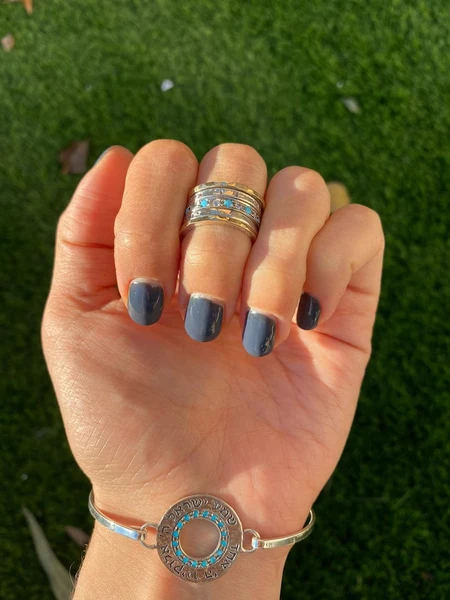The History and Evolution of Judaica Jewelry in Jewish Communities Around the World
From biblical breastplates to modern Hebrew pendants, Judaica jewelry reflects centuries of Jewish faith, culture, and craftsmanship. Discover how Jewish jewelry evolved through diaspora, persecution, and revival—connecting tradition to personal identity today.
Ancient Origins and Symbolism of Judaica Jewelry
Judaica jewelry has long been a profound expression of identity, faith, and artistry within Jewish communities. From ancient times to the modern era, Judaica jewelry evolved to reflect the diverse experiences and traditions of Jews around the world. The significance of jewelry in Jewish history dates back to biblical times. In the Book of Exodus, the High Priest’s breastplate—adorned with twelve precious stones representing the twelve tribes of Israel—exemplifies the deep spiritual symbolism attributed to jewelry. These pieces were not merely decorative; they served as tangible connections to faith and communal identity.
Diaspora and Diverse Traditions
As Jewish communities dispersed globally, they adapted their jewelry-making techniques to local cultures while preserving religious symbols. In Yemen, Jewish silversmiths became renowned for intricate filigree work, creating elaborate pieces that blended local artistry with Jewish motifs. Similarly, in North Africa, Jewish artisans incorporated symbols like the Hamsa into their designs, reflecting a fusion of Jewish and regional aesthetics. Each diaspora community brought its own flavor to Judaica jewelry, enriching the overall tradition.
Medieval Europe and Preservation
In medieval Europe, Jews faced periods of prosperity and persecution. The discovery of treasures such as the Erfurt and Colmar hoards in Germany and France revealed collections of Jewish jewelry hidden during times of crisis. These finds include rare spinner rings and ceremonial pieces, offering insights into the craftsmanship and cultural practices of medieval Ashkenazi Jews. Despite adversity, the beauty and significance of Judaica pieces were preserved, often buried for safekeeping and recovered centuries later as testimonies of Jewish life.
Modern Revival and Innovation
The establishment of the State of Israel in 1948 marked a renaissance in Judaica jewelry. Immigrants from diverse backgrounds brought unique traditions, leading to a rich tapestry of styles and techniques in the Israeli art scene. Institutions like the Bezalel Academy of Arts and Design in Jerusalem played pivotal roles in nurturing contemporary Jewish artistry, blending traditional motifs with modern design sensibilities. This period saw a revival of ancient techniques and the birth of new forms, as artists reconnected with heritage while innovating for a new era.
Cultural Identity and Personal Expression
Today, Judaica jewelry continues to serve as a powerful medium for expressing Jewish identity and heritage. Pieces featuring symbols like the Star of David, Chai (meaning “life”), and Hebrew inscriptions are worn by Jews globally, connecting individuals to their faith and ancestry. Such adornments not only celebrate personal milestones but also act as daily reminders of a rich cultural legacy. Wearing a pendant inscribed in Hebrew or a ring with a sacred phrase allows one’s values and history to be displayed proudly and beautifully.
Conclusion
The evolution of Judaica jewelry mirrors the resilience and adaptability of Jewish communities throughout history. From ancient ritual objects to contemporary fashion pieces, these items encapsulate stories of faith, survival, and creativity. As we cherish and innovate within this tradition, Judaica jewelry remains a vibrant testament to the enduring spirit of the Jewish people—an art form where every design is a narrative of heritage and hope.

